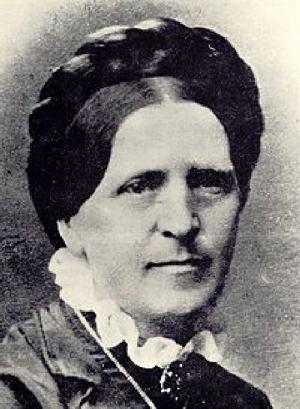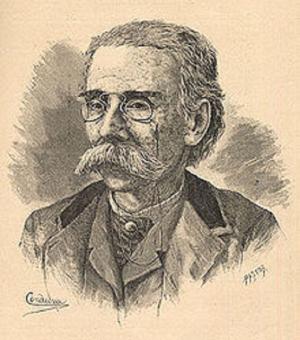Hung Lou Meng or The Dream of the Red Chamber, 18th century Chinese novel
Fiction & Literature, Classics| Author: | Cao Xueqin | ISBN: | 9781455312788 |
| Publisher: | B&R Samizdat Express | Publication: | December 15, 2009 |
| Imprint: | Language: | English |
| Author: | Cao Xueqin |
| ISBN: | 9781455312788 |
| Publisher: | B&R Samizdat Express |
| Publication: | December 15, 2009 |
| Imprint: | |
| Language: | English |
According to Wikipedia: "Dream of the Red Chamber (also Red Chamber Dream, Hung Lou Meng or A Dream of Red Mansions), originally The Story of the Stone (literally "Record of the Rock"), is a masterpiece of Chinese literature and one of the Chinese Four Great Classical Novels. It was composed in the mid 18th century during the Qing Dynasty, attributed to Cao Xueqin. It is generally acknowledged as the highest peak of the classical Chinese novels. The novel is believed to be semi-autobiographical, mirroring the fortunes of Cao's own family. As the author details in the first chapter, it is intended to be a memorial to the women he knew in his youth: friends, relatives and servants. The novel is remarkable not only for its huge cast of characters (most of them female) and psychological scope, but also for its precise and detailed observation of the life and social structures typical of 18th-century Chinese aristocracy. This novel was published anonymously (but later revealed to be by Cao Xueqin). This is because of the literary inquisition prevalent in the Ming and Qing Dynasties.
According to Wikipedia: "Dream of the Red Chamber (also Red Chamber Dream, Hung Lou Meng or A Dream of Red Mansions), originally The Story of the Stone (literally "Record of the Rock"), is a masterpiece of Chinese literature and one of the Chinese Four Great Classical Novels. It was composed in the mid 18th century during the Qing Dynasty, attributed to Cao Xueqin. It is generally acknowledged as the highest peak of the classical Chinese novels. The novel is believed to be semi-autobiographical, mirroring the fortunes of Cao's own family. As the author details in the first chapter, it is intended to be a memorial to the women he knew in his youth: friends, relatives and servants. The novel is remarkable not only for its huge cast of characters (most of them female) and psychological scope, but also for its precise and detailed observation of the life and social structures typical of 18th-century Chinese aristocracy. This novel was published anonymously (but later revealed to be by Cao Xueqin). This is because of the literary inquisition prevalent in the Ming and Qing Dynasties.















